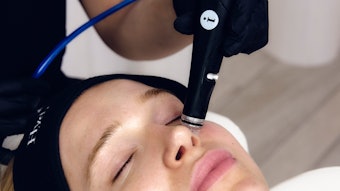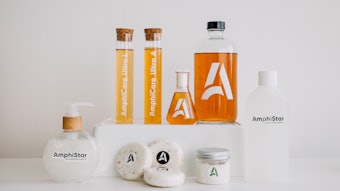Bar soap manufacturing began in the late 19th century; however, historians have discovered a form of soap dating back as early as 2,800 B.C.1 While the technology for making bar soap has improved over the years, the process of making soap and formulas for solid bars has essentially remained the same and involves the conversion of fats such as tallow/coconut oil into soap in a process known as saponification. Saponification is a simple acid and base reaction in which triglycerides are reacted with a strong alkali such as sodium hydroxide to form soap and glycerin.
Today there are several modern processes to manufacture soap and glycerin. These processes include kettle saponification, continuous saponification and fatty acid neutralization. Regardless of which process is used, the final product consists of soap, glycerin and water. Some common characteristics of a solid bar soap include an alkaline pH and the formation of foam.
Bar soap historically has been used for cleansing, although various improvements over the years have enabled the addition of beneficial moisturizers, exfoliants and fragrances, as well as the creation of unique bar shapes and sizes and the development of translucent bars.
It is difficult to improve upon a technology that has withstood the test of time, much less consumers’ ingrained perceptions of bar soap. In order to achieve this, it would be necessary to change traditional bar soap from a cleansing-only product to a treatment product. In the present study, researchers describe how combining actives with a delivery technology that allows actives in the soap to remain on the skin, even after rinsing, can accomplish this.









![Lead Image2 [nas] 800x450px](https://img.cosmeticsandtoiletries.com/files/base/allured/all/image/2024/10/Lead_image2__NAS__800x450px.6704042d635b8.png?auto=format%2Ccompress&fit=crop&h=191&q=70&w=340)
